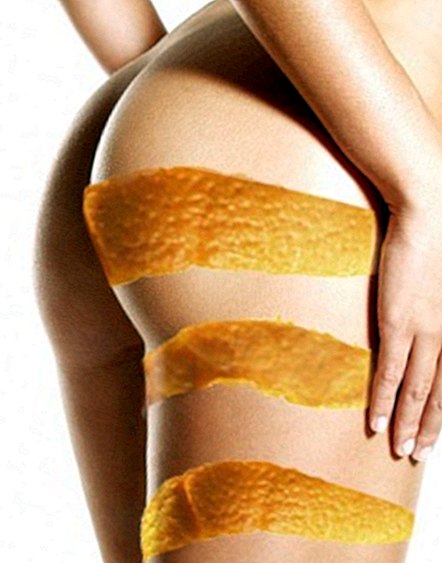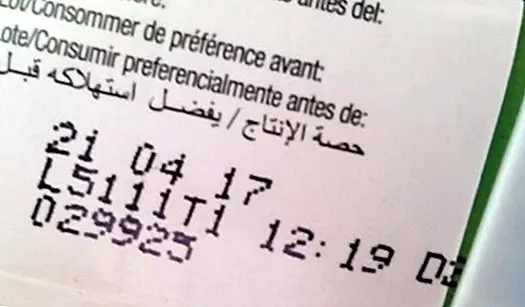How to clean your contact lenses every day easily and safely
Although they are popularly known by the name of contact lenses or pupils, the truth is that his most correct name is that of contact lenses. They consist basically of some lenses, which can be corrective or cosmetic, which are placed on the lacrimal layer (in the eye), and help to care for and lubricate the cornea.
Nowadays, and for decades, millions of people use contact lenses all over the world, although in reality it is certainly difficult to realize this. In fact, the vast majority of contact lenses tend to go virtually unnoticed, unless we are in front of a person who uses cosmetic lenses (for example, colors). 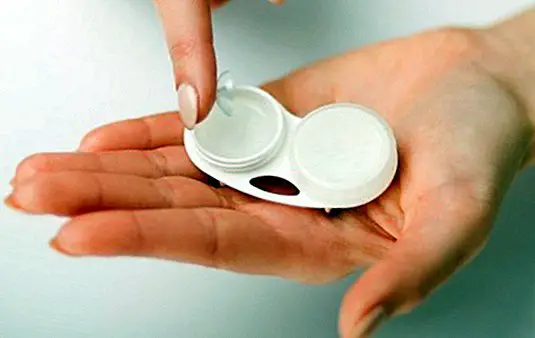
What are contact lenses?
A lens is a thin and curved lens which is placed on the film that covers the surface of the eye. It is a generally transparent element, which can sometimes be applied a minimum dye of color, to precisely help and facilitate its handling.
They can be hard or soft, although at present the most common and usual is the use of soft contact lenses, since it greatly facilitates their use. Those used in a graduated way (for medical purposes) can be useful for correct both myopia and farsightedness, presbyopia and astigmatism.
Although the operation of graduated contact lenses is simple: they modify the light, and redirect it towards the retina in order to provide improved vision. 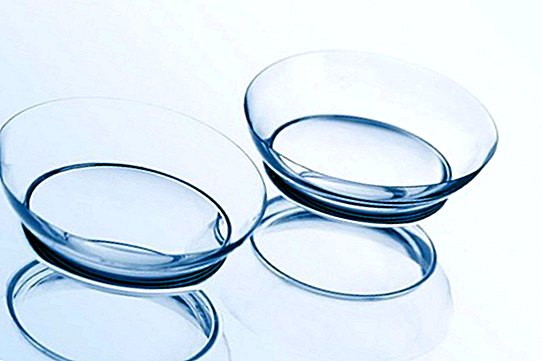
They consist of sanitary products regulated by the relevant sanitary entities depending on each country, and both the prescription contact lenses (those used to correct vision in case of vision problems) and those used for purely aesthetic purposes, must be prescribed by a professional , since infections or inflammation may arise that could have as a final result the loss of vision or blindness.
Therefore, from the moment we start using contact lenses it is essential to know what is the best way to clean them every day, especially in an easy, simple and above all safe way.
How to clean them safely? Helpful tips
If you use contact lenses for daily use, especially those that are reusable and whose recommended use varies between 15 and 30 days, it is quite likely that you have doubts about how to clean them safely, what cleaning liquid and disinfectant to use ... Especially if you do little that you use them, or you are going to start using them. 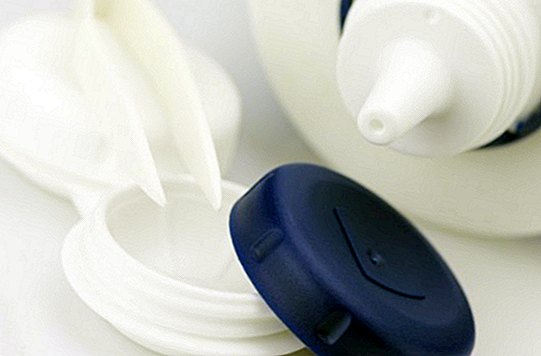
A really useful option is to follow a daily routine at the end of each day, or when you are going to stop using them. The following routine will help you:
- Wash your hands well. Using soap and hot water for at least 20 seconds. Rinse them well and dry them with the help of a cotton towel that does not leave any lint. Always keep this routine before touching the contact lenses, the contact lens case and the eyes.
- Use a disinfectant solution. Fill each section or camera of your contact lens case, always using a disinfectant solution for contact lenses.
- Clean your lenses one by one.Carefully place the contact lenses in the palm of your hand, which should be clean and dry. Apply some droplets of the disinfectant solution and with a finger lightly rub the lens, this way you will clean the surfaces. Rinse again with a few more drops of the solution and place the lens inside the case. Repeat this process with your other contact lens.
- …To end.Close the case and leave the lenses soaking in the disinfectant solution throughout the night.
And one last tip: it is very helpful that you always start with the same eye both when you wear the contact lenses and when you take them off. Why? Very simple: it will help you to avoid mixing them.
Remove EasySept Hydro + from the market because it could damage your eyes
In January 2017 we knew that the Spanish Agency for Health Medicines (AEMPS) had ordered the withdrawal of the market from EasySept Hydro Plus (with the formulation code BL-3100-EZS05), why could affect the health of the eyes.
According to the AEMPS based on data provided by the company to which the product belongs (Bausch & Lomb), according to internal tests it would have been shown that, in the course of the 35 recommended uses in the case itself, in some cases residual peroxide was detected at a value above notifications.
As the Agency itself emphasizes in its note, when the residual peroxide is above the recommended specifications, it is possible that the user of this product will experience symptoms in the temporary eyes, such as burning, burning, irritation and red eye. And in exceptional circumstances more serious consequences for health.
What is EasySept Hydro Plus?
EasySept Hydro Plus It consists of a contact lens cleaning and disinfecting liquid, which includes a specific lens holder and a neutralizing disc, especially suitable for both soft and rigid contact lenses permeable to gas.
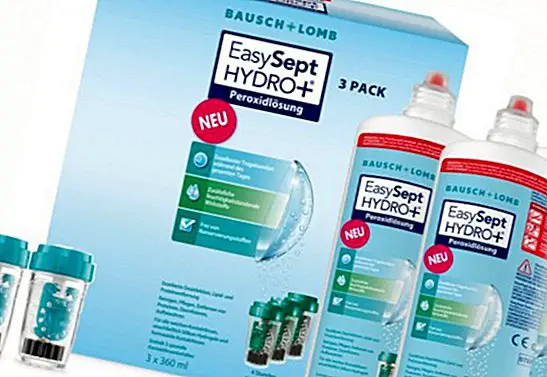
Contains hydrogen peroxide and moisturizing ingredients, and has been designed to be gentle on the eyes while offering high disinfection of the lenses, ensuring that they remain comfortable throughout the day and completely free of bacteria or pathogens that could be harmful to the eyes.
However, according to the note provided, it was the company itself that sent a note to report the detected problem, and indicate the withdrawal of the product batch both to distributors and to the centers and establishments that have the affected product In our country.
In this way, the AEMPS recommends to patients if they have any EasySept Hydro Plus unit, stop using the liquid from the moment they have proof of this news, and especially discard it. On the other hand, remember the shops and establishments that must withdraw the product from the sale, and finally return it to the company that supplied them.
How does EasySept Hydro Plus work?
According to the data provided by the manufacturer in the product package, it is only necessary to immerse the lenses in the liquid for 4 hours. Enough time for the lenses to be completely free of deposits of proteins and microorganisms.
It is available in a pack of 3 bottles or in a bottle of 360 ml, which includes a catalytic disk for each bottle and a case for contact lenses.

